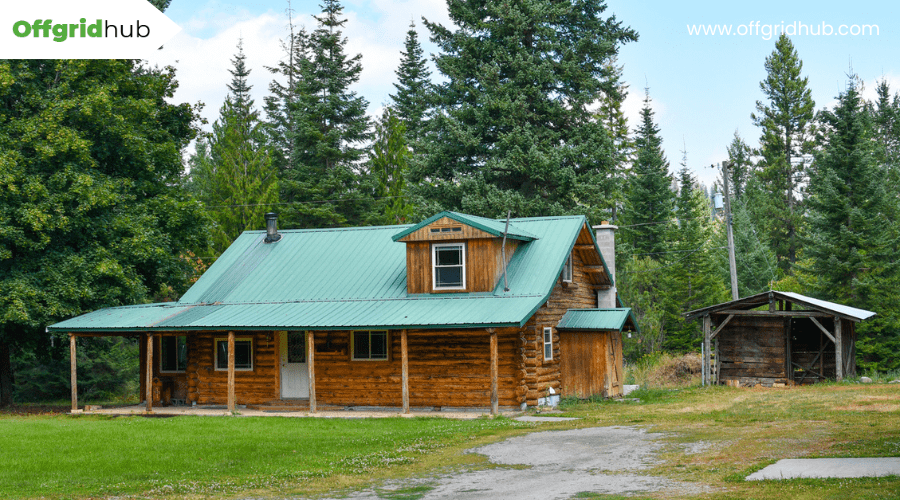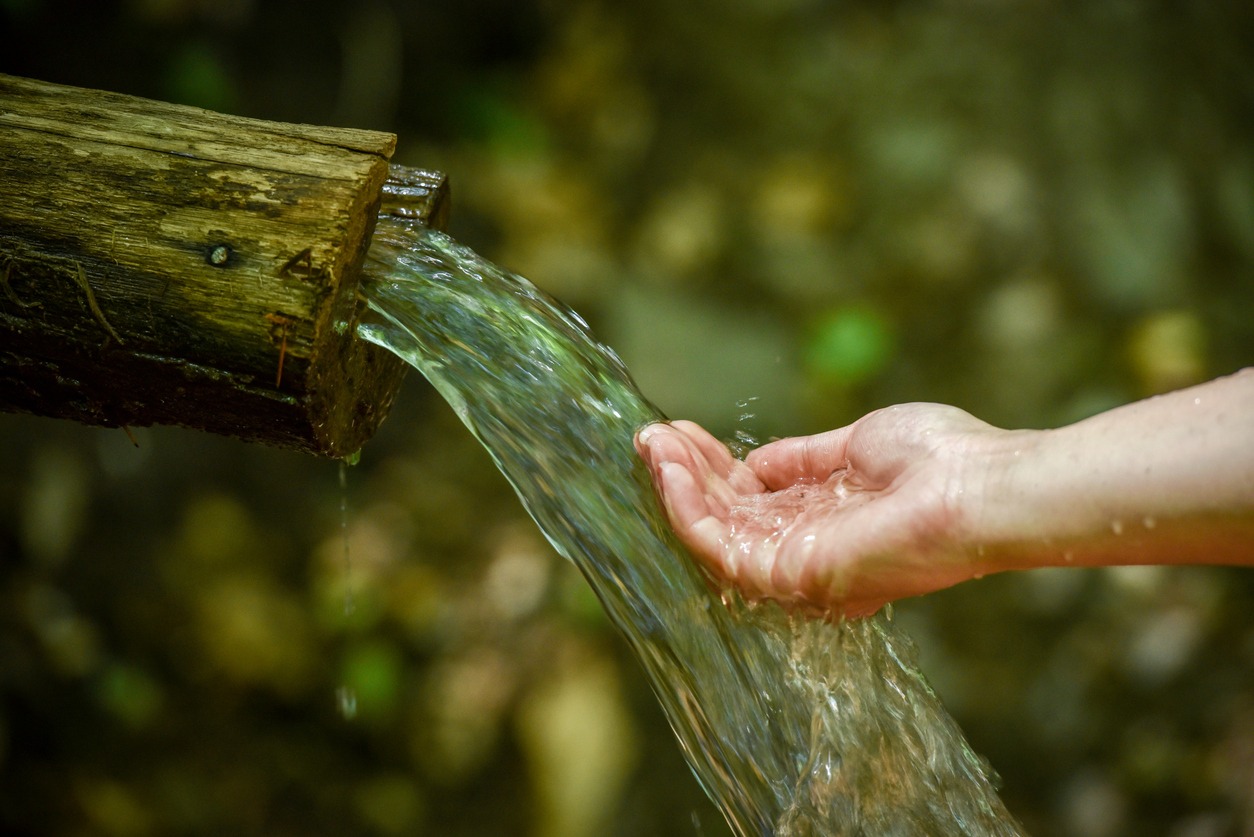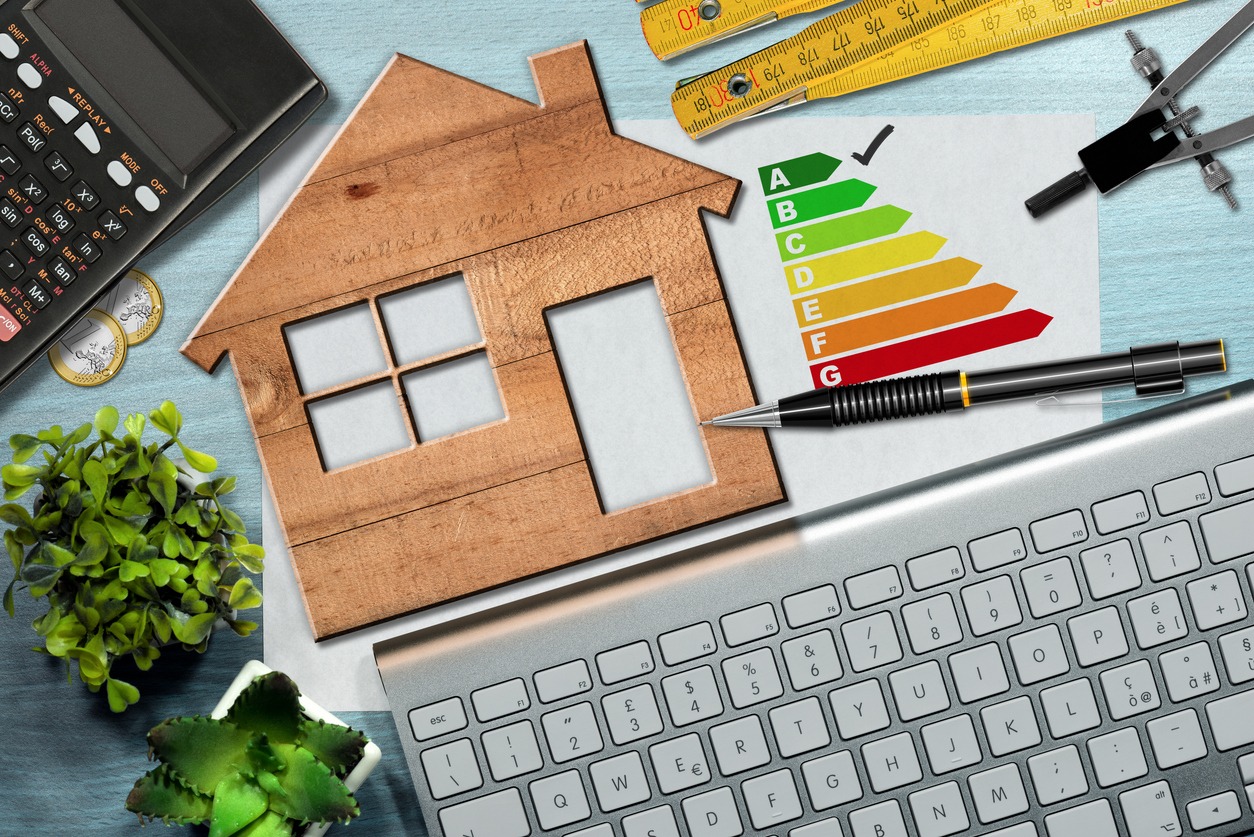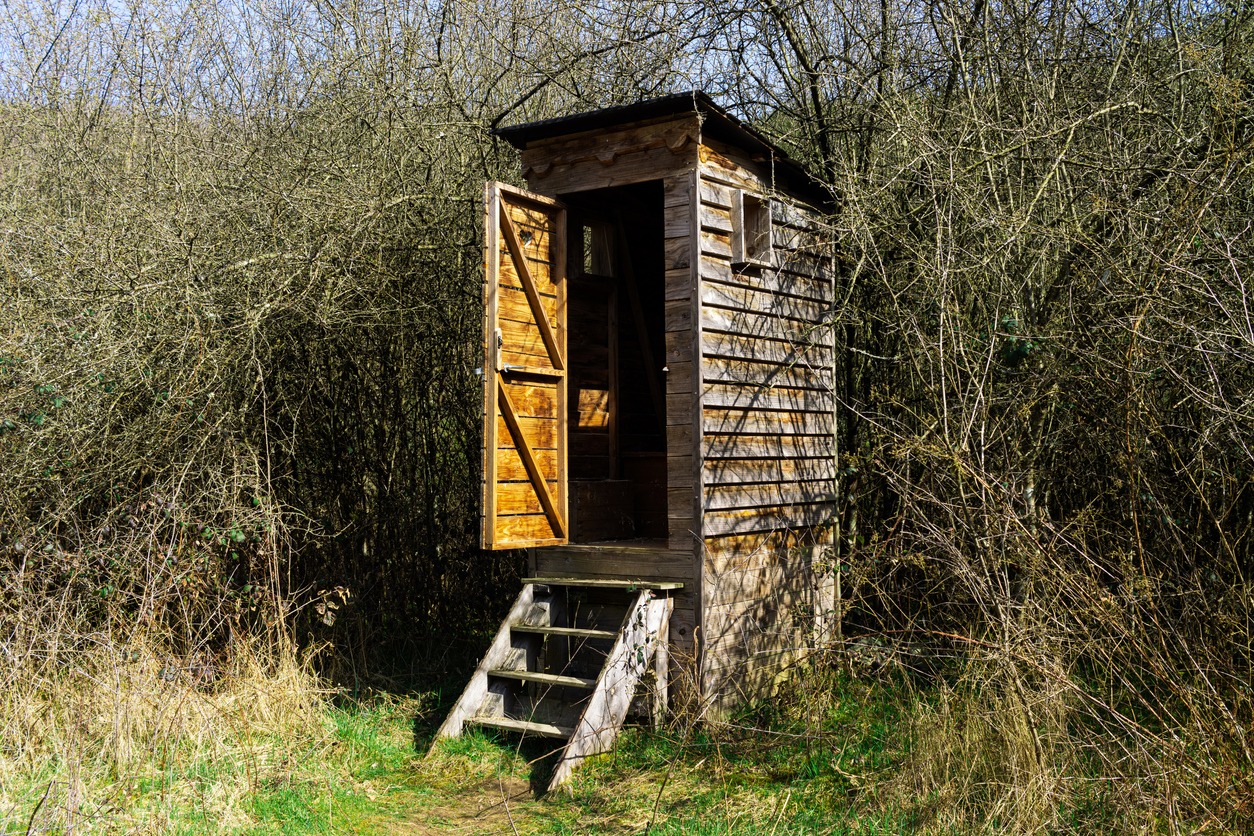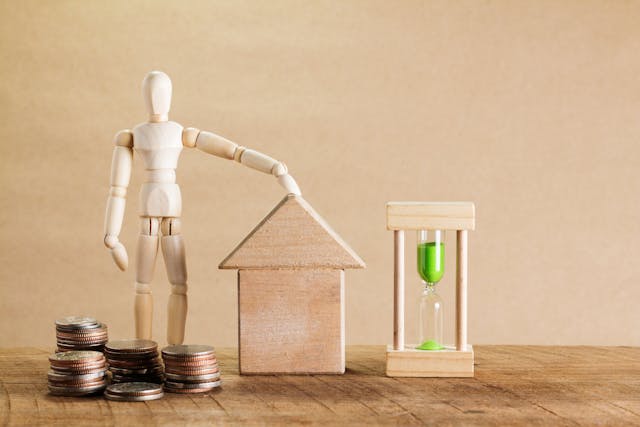You’ve decided to grow your food, harness the wind and sun for energy, and manage waste sustainably; now, you’re on the path to off-grid living. Transitioning requires not just a change in your physical environment but also a shift in mindset towards self-sufficiency and resilience.
While the journey is challenging, involving meticulous planning and a steep learning curve, the rewards of a sustainable, autonomous lifestyle are immense. But where do you start, and what steps should you prioritize to ensure a successful transition?
Let’s explore the essential first steps to take on this rewarding journey, leaving you equipped to embrace a life less dependent on conventional systems.
Assessing Energy Needs
Before diving into off-grid living, it’s crucial to calculate your energy needs by considering the wattage of your appliances, lighting, heating, and other devices. You’ll need to assess your energy usage carefully, determining daily consumption to ensure your transition to energy independence is seamless. This step is essential in sizing your solar or wind system adequately, so you’re never left in the dark.
Consider seasonal energy variations that can significantly impact your power availability. During months with lower sunlight or wind activity, your system’s output may decrease, necessitating additional planning for energy storage or supplementary power sources. Opting for energy-efficient appliances and lighting can dramatically reduce your overall consumption, making your renewable energy system more effective and easier to manage.
It’s wise to consult with off-grid living professionals who can provide invaluable insights into your specific energy needs. These experts can help you design a renewable energy system tailored to your lifestyle, ensuring that you’ve adequately planned for both your immediate and future energy requirements. By following these steps, you’ll be well on your way to achieving energy independence, ready to embrace the sustainable lifestyle that off-grid living offers.
Securing Water Sources
Securing a reliable water source is often the next critical step after assessing your energy needs in transitioning to off-grid living. Rainwater harvesting can be a game-changer, allowing you to collect water directly from your roof. This method not only provides a sustainable source but also contributes to water conservation efforts. Additionally, tapping into natural water sources like streams or wells can bypass the need for complex water filtration systems, ensuring a steady and reliable water supply.
Purification methods, such as boiling or filtering water, are essential to guarantee that your drinking water is safe. Moreover, adopting efficient waste management practices, like using composting toilets, further reduces water usage and promotes self-sufficiency.
| Method | Benefit | Consideration |
|---|---|---|
| Rainwater Harvesting | Sustainable source, conserves water | Requires storage solution |
| Natural Water Sources | Eliminates complex filtration needs | May need purification |
| Purification Methods | Ensures safe drinking water | Requires maintenance |
| Waste Management | Reduces water usage, promotes self-sufficiency | Implementation cost |
Building Sustainable Homes
After ensuring a reliable water source, it’s crucial to focus on building sustainable homes for off-grid living. Sustainable homes, designed for off-grid life, emphasize energy efficiency and a minimal environmental impact. By choosing building materials such as reclaimed wood, rammed earth walls, and straw bales, you’re not only reducing waste but also enhancing the energy efficiency and longevity of your home.
Incorporating thoughtful design features that maximize natural light and strategic window placement can significantly stabilize indoor temperatures, reducing the need for artificial heating and cooling. High-thermal-mass materials and proper insulation further contribute to a comfortable living environment year-round.
For those committed to sustainable living structures, integrating rainwater collection systems and composting toilets into your design is essential. These features not only reduce your environmental footprint but also ensure your home is self-sufficient and resilient. By harnessing renewable energy sources, your home can operate independently, free from the constraints of traditional energy grids.
Building a sustainable home for off-grid living isn’t just about the structure itself; it’s about creating a harmonious balance with nature, ensuring your lifestyle has a minimal impact on the environment while maintaining comfort and efficiency.
Managing Waste Efficiently
Efficiently managing waste is key to sustaining an eco-friendly off-grid lifestyle. When you transition to living off the grid, understanding and implementing effective waste management strategies become crucial. Here’s how you can manage your waste efficiently:
- Composting toilets are a sustainable alternative to traditional plumbing, transforming human waste into compost that can enrich soil without polluting water sources.
- Septic systems offer another solution for waste disposal, breaking down solids and dispersing wastewater in a way that minimizes environmental impact.
- Embrace recycling and reusing materials to significantly reduce your waste footprint. By finding new purposes for old items, you contribute to a cycle of sustainability.
- Cultivate conscious consumption habits to minimize waste production. This means thinking carefully about what you buy and opting for products with minimal packaging or those made from recyclable materials.
- Develop a waste management plan that suits your off-grid setup. This plan should outline how you’ll handle everyday refuse, recyclables, and compostable materials, ensuring proper waste disposal.
Producing Food Sustainably
To produce food sustainably off-grid, consider techniques like permaculture and crop rotation, which maximize yield while minimizing external inputs. Permaculture designs mimic the natural ecosystem, promoting biodiversity and soil health. By integrating companion planting, you’ll naturally deter pests and diseases, reducing the need for chemical interventions. This method not only conserves your resources but also nurtures a more resilient food garden.
Incorporating natural fertilizers such as compost, manure, and mulch into your soil isn’t just about boosting your plants’ growth; it’s about closing the nutrient loop in your off-grid homestead. These organic materials enhance soil fertility, ensuring your crops thrive without synthetic additives.
Don’t overlook the importance of livestock in your sustainable food production system. Chickens, goats, or rabbits can provide meat, eggs, and dairy, enriching your diet while contributing to your homestead’s ecological balance.
To extend your growing season, consider setting up greenhouse structures or cold frames. These protect your plants from harsh weather, giving you fresh produce year-round. Moreover, implementing rainwater harvesting and efficient watering systems like drip irrigation is crucial. These practices ensure you’re making the most of every drop of water, essential for thriving off-grid living.
Learning Essential Skills
Embarking on off-grid living requires mastering a broad range of essential skills, from carpentry and plumbing to sustainable energy system maintenance. Living off the grid means you’ll be your own handyman, farmer, and engineer all rolled into one. You’ll need to develop a versatile skillset that ensures you can handle the daily challenges and maintain self-sufficiency.
To make your transition smoother, focus on acquiring these critical skills:
- Carpentry and Plumbing: Building and maintaining your home’s structure and water systems.
- Sustainable Energy System Maintenance: Keeping your renewable energy sources, like solar panels, in top condition.
- Gardening and Animal Husbandry: Producing your own food through effective farming practices and caring for livestock.
- Food Preservation: Learning techniques such as canning, drying, and fermenting to store your harvest.
- Water Management and Purification Techniques: Ensuring a clean, reliable water supply through filtration systems and conservation practices.
These essential skills won’t only prepare you for the practical aspects of off-grid living but also empower you to create a sustainable, self-reliant lifestyle. Remember, the key to success lies in your willingness to learn and adapt.
Handling Financial Planning
Navigating the financial landscape of off-grid living demands a detailed plan for both initial investments and ongoing expenses. You’ll need to calculate the upfront costs, including land purchase, off-grid infrastructure, and building a sustainable home. It’s crucial to create a budget that encompasses ongoing expenses such as maintenance, food production, healthcare, and emergency preparedness.
To stretch your dollar further, explore cost-saving strategies like tackling DIY projects, buying second-hand, harvesting rainwater, and maximizing solar energy. These approaches can significantly reduce your living costs and help you allocate funds towards your financial goals.
Sustainable income sources are essential for off-grid living, so consider how you’ll generate money. Additionally, be aware of potential tax implications that may affect your budget. Planning for unpredictable costs is also vital; set aside a contingency fund for unexpected expenses and budget adjustments.
Achieving financial independence off-grid requires smart financial planning. By focusing on budgeting, identifying cost-saving strategies, and preparing for the unforeseen, you’ll pave the way for a successful and sustainable off-grid lifestyle. Keep in mind, smart financial planning is the cornerstone of living off the grid with confidence and security.
Developing Community Connections
While handling financial planning is crucial for off-grid living, fostering strong community connections plays an equally vital role in ensuring a sustainable and enriching lifestyle. Diving into off-grid living doesn’t mean you’re going it alone. In fact, building a network with those who share your ideals and challenges can be a game-changer.
Here’s how you can develop those essential connections:
- Join local off-grid communities or online forums to connect with like-minded individuals who can offer support and guidance.
- Attend off-grid living workshops, seminars, or events to network with experienced individuals and learn from their knowledge.
- Collaborate with neighbors or nearby off-grid residents to share resources, skills, and experiences for a stronger off-grid community.
- Engage in community projects such as sustainable farming initiatives, renewable energy projects, or water conservation efforts to build a resilient off-grid network.
- Establish communication channels like two-way radios, satellite phones, or internet options to stay connected with the off-grid community and coordinate in times of need.
These steps not only enhance your off-grid living experience but also forge a resilient network that thrives on shared values and collective effort.
Embracing Seasonal Adaptations
Adapting to the rhythm of the seasons is crucial as you transition to off-grid living, ensuring your home’s efficiency and comfort throughout the year. Seasonal adaptations in off-grid living mean preparing for changing weather conditions, which significantly impacts heating, cooling, and energy usage. By understanding these seasonal variations, you can plan more efficiently, making your off-grid journey more sustainable.
Adjusting your water management, food production, and waste disposal methods according to the season is also essential. For example, collecting rainwater in the wet season for use during drier months or adapting your garden planting schedule to match the seasonal climate can greatly enhance your self-sufficiency. Moreover, optimizing your home’s insulation, shading, and ventilation based on the current season won’t only keep you comfortable but also drastically improve your energy efficiency.
Being aware of how the seasons affect your off-grid systems allows you to make the necessary adjustments to live sustainably. Whether it’s by reducing energy usage during colder months through better insulation or utilizing natural cooling methods in the heat, embracing seasonal adaptations is key to a successful off-grid lifestyle.
Fostering Self-Sufficient Healthcare
After embracing seasonal adaptations for your off-grid living, it’s crucial to focus on developing a self-sufficient healthcare approach. Transitioning to a lifestyle of remote living means preparing for medical needs with a proactive mindset. Here’s how you can foster a robust healthcare strategy:
- Learn Basic First Aid Skills: Equip yourself with the knowledge to handle minor injuries and illnesses. Knowing how to respond in emergencies is foundational to off-grid living.
- Stock Up on Medical Supplies: A well-prepared medical kit is your first line of defense. Ensure it’s packed with essential medical supplies and replenish it regularly.
- Explore Herbal Remedies: Herbal remedies and natural healing techniques offer alternative healthcare options. They can be particularly valuable when access to conventional medicine is limited.
- Utilize Telemedicine Services: For health concerns that require professional advice, telemedicine services can provide remote access to medical care, ensuring you’re not isolated from expert guidance.
- Craft a Healthcare Emergency Plan: Include details of nearby medical facilities and evacuation routes. Being prepared for the worst-case scenario ensures you’re ready to act swiftly should the need arise.
Embracing this holistic approach to healthcare enhances your resilience in off-grid living, integrating physical, mental, and emotional well-being into your daily routine.
Conclusion
In conclusion, transitioning to off-grid living isn’t just about cutting ties with public utilities; it’s about embracing a life of self-sufficiency and sustainability. You’ll need to assess your energy needs, secure water sources, and build a sustainable home.
Efficient waste management, sustainable food production, and financial planning are crucial. Don’t forget the importance of community connections, adapting to seasons, and self-sufficient healthcare.
It’s a challenging yet rewarding journey that’ll transform your connection with the natural world.
